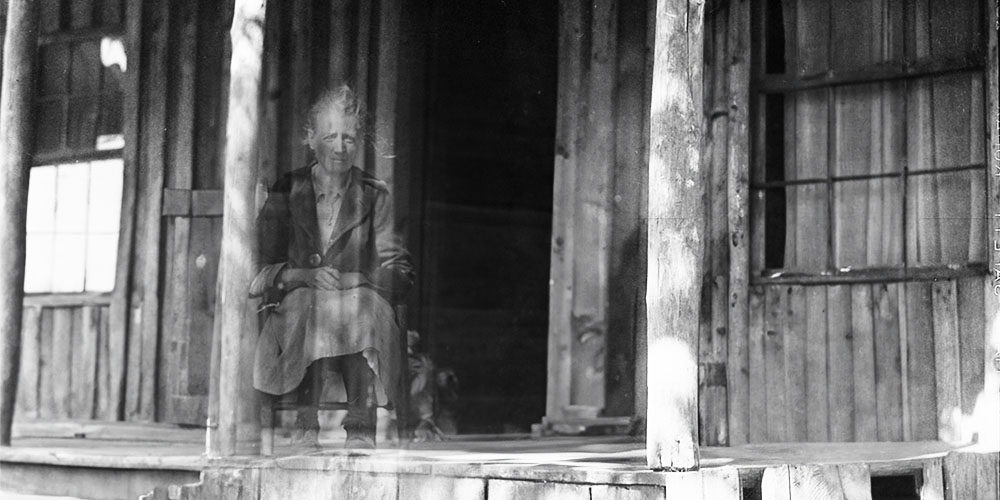All the Haints in Asheville

The Asheville Village Witch’s personal ghost stories, field magic hacks, and the Lost Sea of Appalachia.
It is Always the Season of the Witch in Appalachia

Granny Women who are for sure not witches, sophomoric jokes in multiple languages, and Appalachian ghost stories, all from a haunted AirBNB.
If You Die in the Dumb Supper, You Die in Real Life

Dr. Bob explains how ancient Irish folklore culturally influences stories and legends around the world today.
